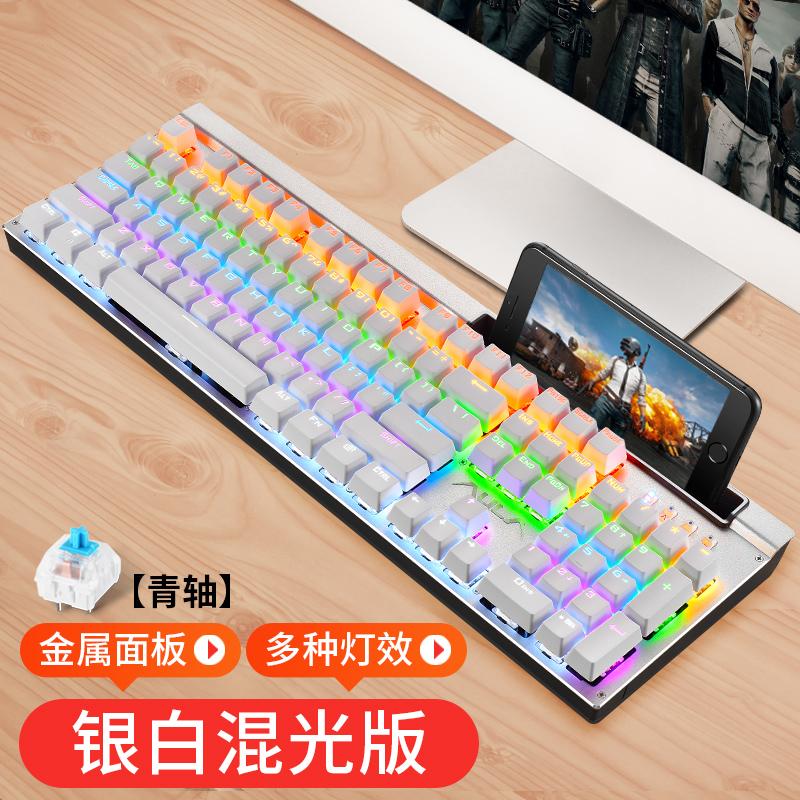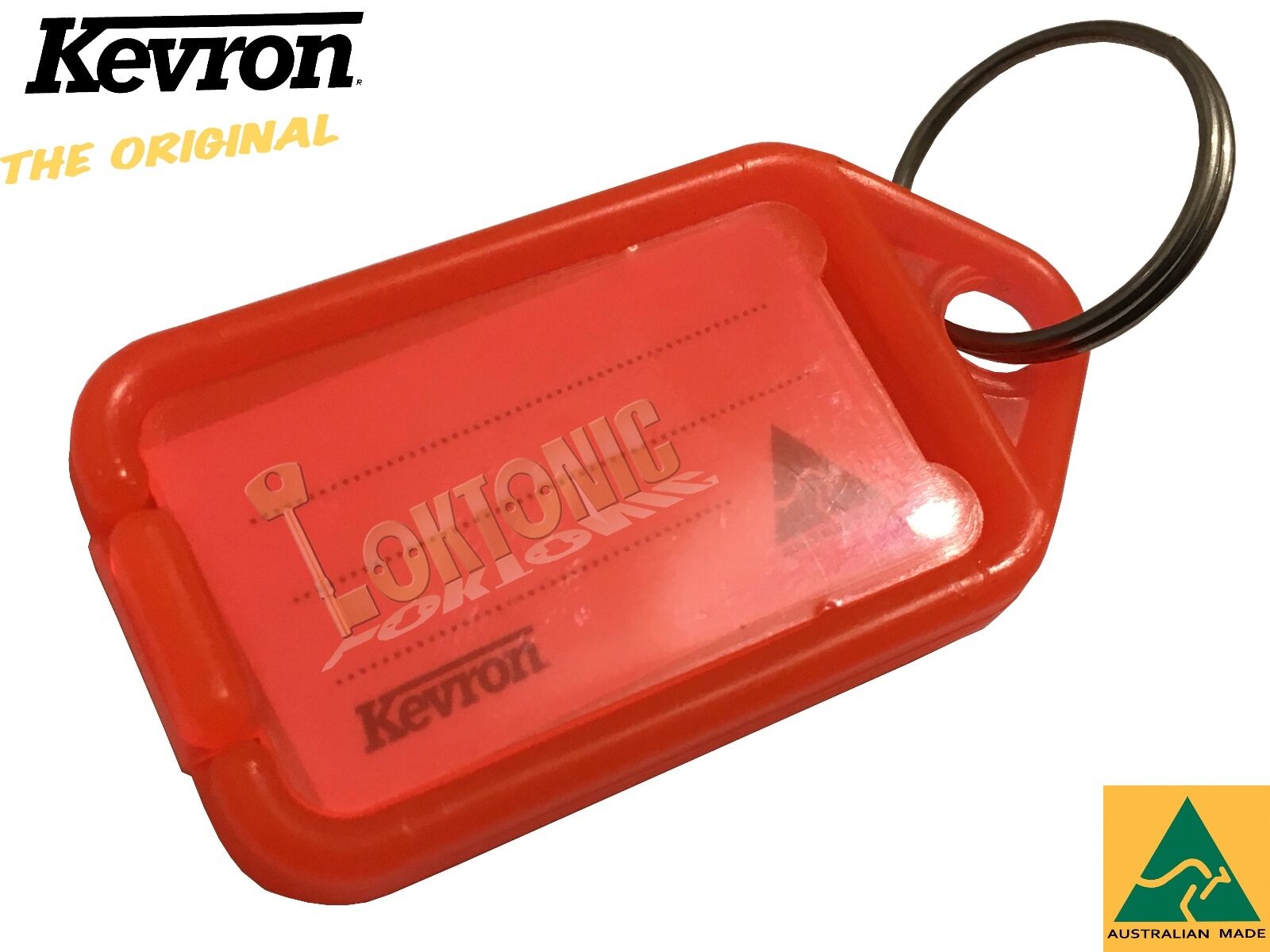

The Cherry MX Blue is favored by people who do a lot of typing. That is usually good news for gamers since there will be few accidental keystrokes. The Black has a high actuation force of 60g.

This also means that there is no noise other than the natural sound of the switch bottoming out. They are both linear switches meaning there is no feedback when hitting the point of actuation. The Cherry MX Black and MX Red are very popular among gamers. The Cherry MX SuperBlack, are designed for spacebars and has an actuation force of 150g. However, less common switches have even high actuation forces. The most common Cherry MX switches range from 45g ( grams-force) to 60g. The actuation force is the measure of the amount of energy that is required to actuate the key. For them, it is important to be able to quickly press the correct key at any given moment in order not miss an opportunity for victory! Cherry MX Switches Actuation Force Gaming enthusiasts prefer linear over tactile as they don’t want extra noise or movement from keys when playing games like first person shooters.


These are very popular with people who type for a living and want to hear the indication of a complete keystroke. They have an added click sound to the tactile feedback, and are therefore more noisy. The Cherry MX Blue is the most common tactile clicky switch. Linear switches make it easy for typists to find a key without looking down at the keyboard while tactile makes typing more responsive due to its “bumpiness” when pressing down on a key. There are two types of switches that dominate the market, linear and tactile with both having their own advantages. This simply determines whether or not the switch makes noise when it is fully engaged. Generally, linear switches are better for gaming, and tactile is better for typing. On Linear switches, the keystroke is straight down with no bump or click, meaning they are more 'silent' but easier to bottom out on depending on the keys resistance from the strength of the spring (actuation force). To actuate a tactile switch, you only need to push it down around halfway, you can push it further but you're able to move your finger on to press another key straight away. To actuate a linear switch, you must press it all the way to the bottom, similar to a membrane key. The original Cherry MX Black is a linear switch, as is the Cherry MX Red. The most popular tactile switch (without an added click) is the Cherry MX Brown. Linear switches in comparison have no notable resistance or bump until the key bottoms out. Whereas a linear switch with no feedback can cause you to get a little tired while keeping it down for long since you don't know if the key is still engaged, so you tend you push the key all the way to the bottom and keep it there the entire time. This is because you can feel the bump so you know that its still actuated. This bit of tactile resitance or feedback is particularly useful in games that require you to keep a key pressed down for a long time, like when walking or running in a game. This bump does not make an obvious noise, but it can be felt by your finger tip when the key is pushed down. There's a bump in the switch and to get past the bump, you need to apply enough pressure. Tactile switches have some type of physical resistance at the point at which the switch is actuated.


 0 kommentar(er)
0 kommentar(er)
